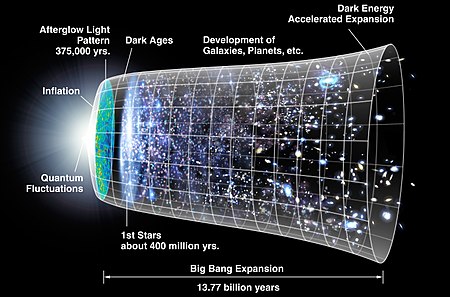This page was made by Jackie Baeza-Rubio as part of her high school internship with our group. Learn about neutrinos here!
What are Neutrinos?
Neutrinos are fundamental particles like electrons, but they don’t have electric charge and are very light weight. Neutrinos are one of the 17 elementary particles in the standard model (represented by the greek letter v ). These particles make up everything in life, from matter to light. However, Neutrinos are unique in many ways. For one, they do not interact with matter. In fact, billions of these particles whiz right past us and right through us every second.


How do neutrinos fit into the standard model?
The standard model itself is the most accurate predictions physicists can get to predicting particle interactions. However, neutrinos like to behave “beyond” the standard model. For example, in the Standard Model, neutrinos come in three kinds, or flavors (electron neutrinos, muon neutrinos and tau neutrinos) but some experiments have shown data that leads some physicists to believe that there is a fourth type of neutrino. At first, neutrinos fit very nicely into the standard model, but we have learned things about them that go beyond what the standard model predicts. The fact that neutrinos can change type, or “flavor,” is outside of the standard model because in the standard model lepton flavor is conserved, or unchanging.

In addition to that, the Standard Model also predicts neutrinos to be massless. Despite the prediction, neutrinos have strangely small masses that do not fit in with the rest of the particles in the standard model. Since neutrinos can change flavor, they must have mass, but physicists don’t think that they get their mass from the Higgs boson (another elementary particle) like the other particles. However neutrinos get their tiny amount of mass is likely some process that is beyond the standard model of physics.
Why are Neutrinos important?
Many of the physicists studying neutrinos believe that the particle holds the answer to the question “Why do we exist?” When physicists go back and observe the Big Bang -the moment when the universe was created- they notice that there should have been an equal amount of matter and anti-matter created. However, when the same amount of matter and anti-matter are present, the matter annihilates all together, so why are we here? The answer is simple: there was more matter created during the Big Bang than there was anti-matter. The harder question to answer is why was this “asymmetry,” as physicists call it, present during the Big Bang.

This is where neutrinos come into play. There are several experiments that also hint that neutrinos are their own anti-matter counter part, or an anti-neutrino. If that is the case, neutrinos could have caused the asymmetry in matter and anti-matter production during the Big Bang!